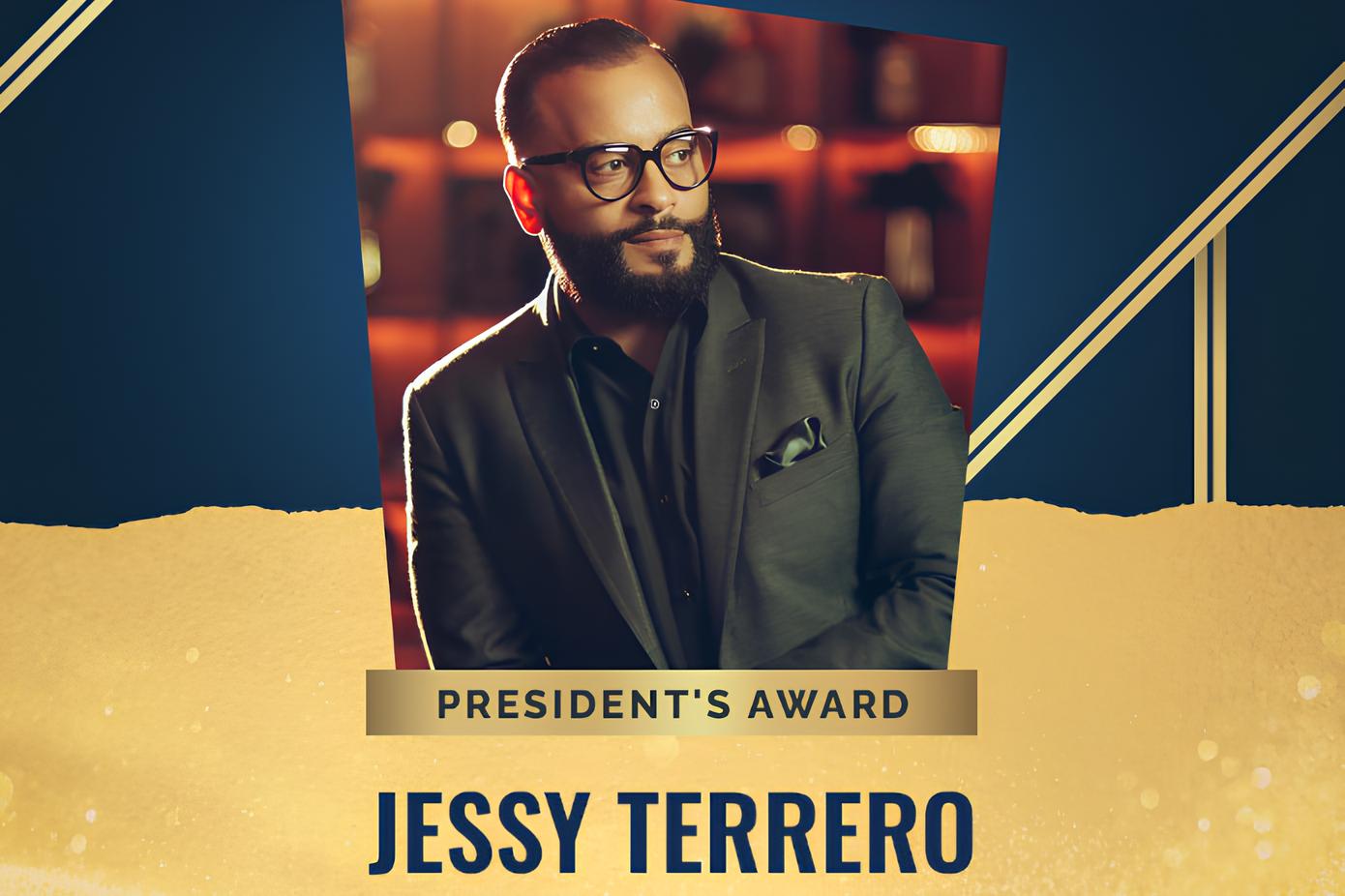The Latinos of Asia: A conversation with Anthony Ocampo
NAHJ and AAJA’s latest meeting dove deep on the Filipino experience in the U.S., which has more similarities than not with Latinos.
On Thursday, Oct. 13, the Philadelphia chapters of the National Association of Hispanic Journalists (NAHJ) and the Asian American Journalists Association (AAJA) came together for a joint meeting and discussion at the AL DÍA offices.
The man of the hour was Anthony Christian Ocampo, a writer and professor of sociology at the University of California Polytechnic at Pomona, who tuned in virtually for a discussion about his 2016 book, The Latinos of Asia: How Filipino Americans Break the Rules.
In it, Ocampo breaks down the Filipino-American experience in Los Angeles, where oftentimes the Latino and Filipino experience “overlaps,” as he told those gathered on Oct. 13.
“That can become a very difficult thing for folks to deal with because we often frame things as ‘Asian-American issues,’ or ‘Black issues,’ or ‘Latino issues’ as if those things aren’t related to each other,” said Ocampo. “I think that the Filipino case is a unique opportunity to see that our struggles — those of Asian Americans and Latinos — are inherently connected.”
An ambiguous U.S. existence
While the unity displayed can result in some impactful change, such as the work of Cesar Chavez and Larry Itliong in the grape fields of Delano, California, Ocampo also said it can create an ambiguity for Filipinos when it comes to how they identify.
Under the same overarching structure of white supremacy in U.S. society, Filipinos joined other Asian Americans to fight for space and power. The same can be said for Latinos. But to see it within just these silos is missing context.
Filipinos possess the Spanish language because of the history of their country under Spanish rule, and were often categorized by that language by the U.S. Their association with the previously-mentioned Delano Grape Strike also put them in more narratives alongside Mexican-Americans in American society.
“When the term ‘Asian American’ developed, it sort of evolved in a way where people tended to equate it with East Asian groups — Chinese, Japanese, Korean,” said Ocampo. “When you say the word ‘Asian’ to anyone in the United States, they’re not usually thinking about the Brown kid with the last name ‘Villanueva’ or ‘Rodriguez’ who grew up in a Catholic upbringing.”
What it means is that while Filipinos do identify as ‘Asian,’ they don’t feel like “real Asian-Americans,” according to Ocampo. It happens in school, the workplace and elsewhere in their lives.
In his research for Latinos of Asia, Ocampo heard Filipinos say they felt out of place for not living up to American stereotypes of Asians — like succeeding in school — and also that they felt more at-home in Latino settings.
“For Filipinos, it’s been a really complicated experience I think because we’re hard to place,” said Ocampo. “What that means is that all of the cultural settings where Filipinos could start to define who they are — media, academia, Hollywood — these are places that don’t understand Filipinos.”
What happens with that lack of understanding is a lack of visibility in the overarching society, and it becomes even more difficult to have conversations around race and identity.
However, that dynamic has shown signs of change in recent years, as the rise in AAPI hate since 2020 has brought more Filipinos to be more outspoken about their Asian identity as a way to fight back.
RELATED CONTENT
Lived experience
Beyond conversations with other Filipinos, Ocampo’s research was also based on his own experiences growing up in a neighborhood in Northeast Los Angeles that saw Filipinos and Mexican-Americans living side-by-side.
“What that did is you inevitably get to see the commonalities between the two cultures with respect to family dynamics, with respect to maintaining ties to the home country, or visiting the home country on a regular basis. You learn about shared experiences growing up in multi-generational households,” said Ocampo.
He went on to also acknowledge the similarities in language with Spanish words like ‘silla’ (‘chair’) and ‘mesa’ (‘table’) used in both communities.
“I mention that because those everyday words, although it may seem like a trivial commonality, those are the building blocks that Filipinos and Latinos were able to come together in,” said Ocampo.
Outside of the social constructs that siloed Filipino and Latino communities, they came together and formed friendships, relationships and even intermarried.
Journalists on the front lines
So how do those stories come to the forefront more often in our society? According to Ocampo, it is journalists who are on the front lines of the evolving discussion.
It starts with their capacity to tell history and make sure it isn’t forgotten, but evolves as the community does to find “hidden” stories that don’t necessarily fit a strictly ‘Latino’ or ‘Asian American’ narrative.
“One thing I try to get folks to do is to get precise about ‘what is the thing that unites folks?’” said Ocampo.
It’s a question that may take more time than is granted by a news deadline to answer correctly, but one that needs to be if journalists are to push the narrative of not just Filipinos and Latinos, but communities all across the growing multicultural U.S.











LEAVE A COMMENT:
Join the discussion! Leave a comment.